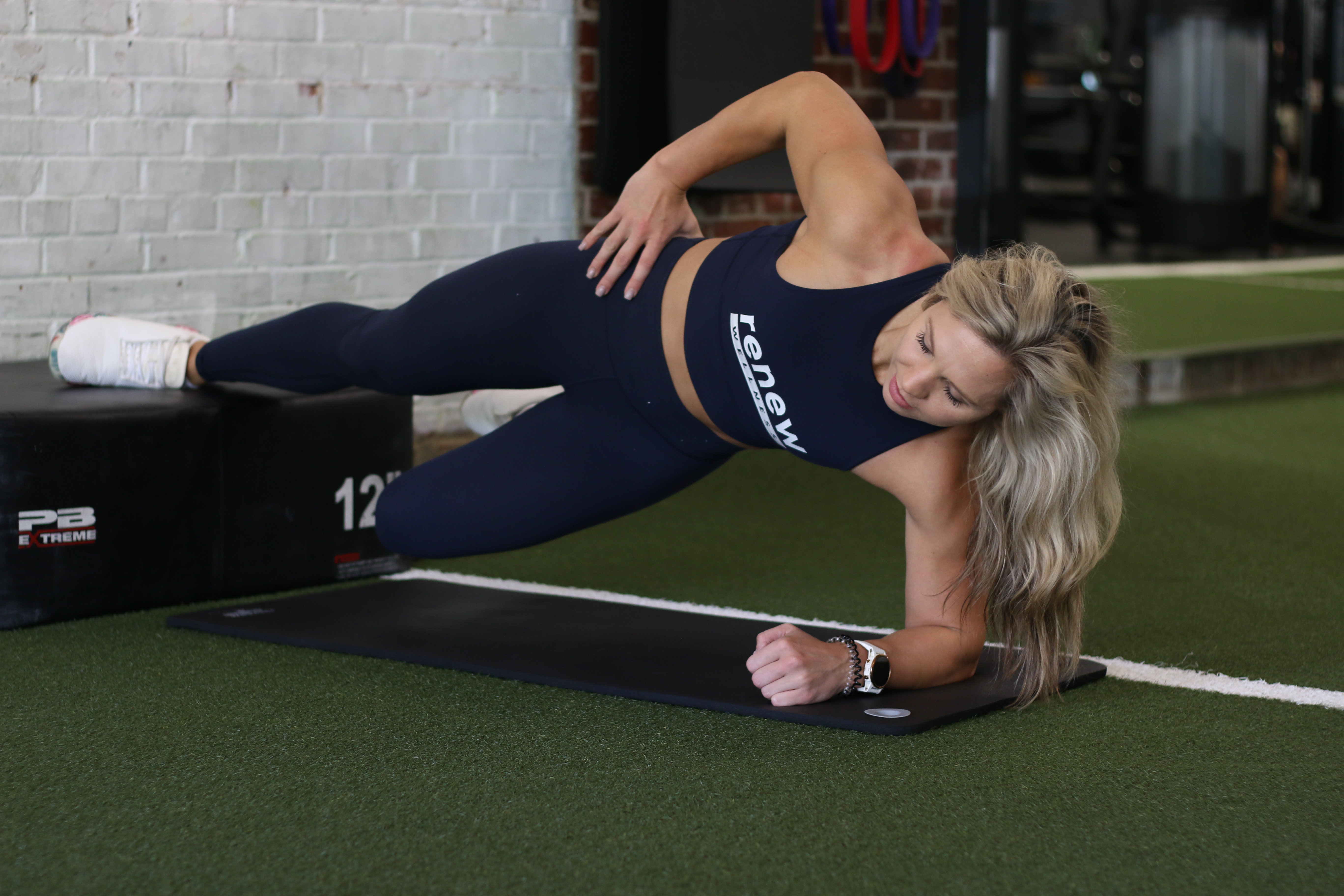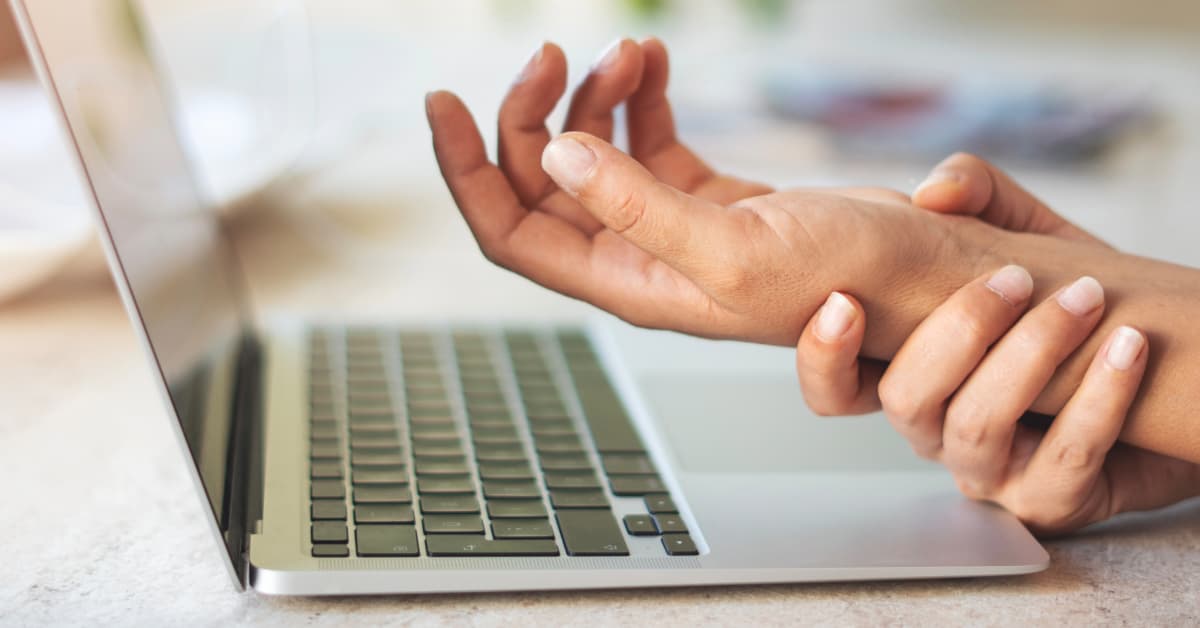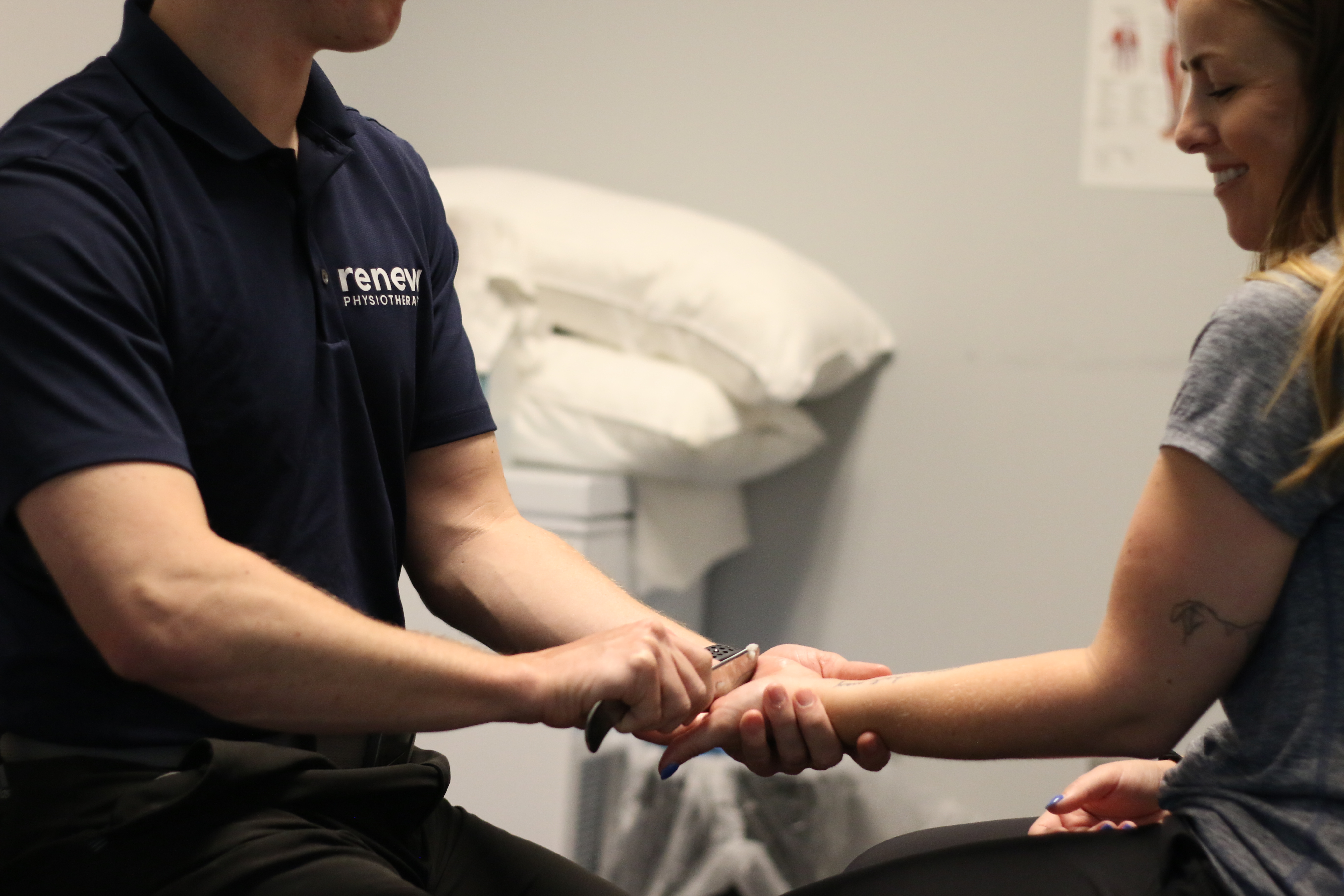Within the chaos of everyday life, our backs often absorb the impact of our activities, whether we're sitting at a desk for hours, carrying heavy bags, or engaging in strenuous exercises. Ignoring the health of our backs can lead to discomfort, pain, and even more serious issues. One of the secrets to maintaining a healthy back lies in strengthening our core muscles.
More to the Core
When many people hear the term "core," they automatically think of abs. However, there is much more to the core than just the front abdominal muscles. It includes a complex group of muscles that wrap around the midsection, stabilizing the spine and pelvis. These muscles include the rectus abdominis (front), obliques (sides), transverse abdominis (deep core), and the muscles of the lower back and pelvis.
The core plays an important role in stabilizing the spine. It helps maintain proper alignment and prevent excessive movement, reducing the risk of injury and strain on the back. While stabilizing the spine, it also helps with perfecting posture. Good posture isn’t all about looking better, it's about keeping the spine in a neutral alignment. A strong core provides the support needed to maintain proper posture, whether you're standing, sitting, or moving.
The Relationship Between the Back and the Core
A strong core lays the foundation of optimal back health, with a complex and crucial connection between the two. The core muscles, extending beyond the abdominal muscles to include the deep stabilizers of the spine and pelvis, play a key role in maintaining the stability, alignment, and overall functionality of the back.
A strong core provides the necessary support to the spine, reducing strain on the lower back and diminishing the risk of injuries. As the central link between the upper and lower body, a healthy core ensures proper posture, distributing the body's weight evenly and minimizing the pressure on the back muscles.
Overall, a strong core allows individuals to perform daily movements with greater efficiency and reduced strain, whether it's lifting heavy cargo or simply sitting at a desk. Essentially, a co-dependent relationship exists between back health and a strong core, where caring for one reinforces the well-being of the other, ultimately contributing to a balanced and pain-free life.
Building a Strong Core for a Strong Back
Here are 5 core exercises that can improve your back health:
Plank Variations - This stretch helps improve spinal mobility and releases tension from the upper back and neck.
- Try the standard forearm plank (shown below), side plank, or plank leg lifts. Hold each variation for 20-30 seconds and gradually increase the duration as you become more comfortable.<iframe
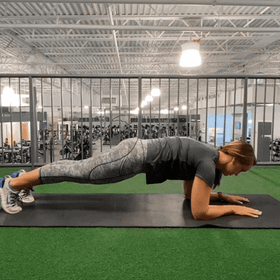
Dead Bugs - This exercise engages the deep core muscles and enhances coordination.
- Lie on your back with your arms extended toward the ceiling and your knees bent at a 90-degree angle. Slowly lower one arm behind your head while extending the opposite leg, keeping them hovering just above the ground. Return to the starting position and switch sides.
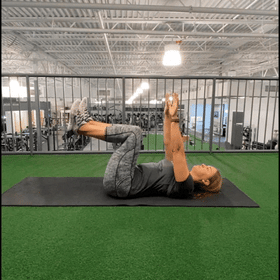
Bridges - This exercise strengthens the glutes, hamstrings, and lower back muscles while also engaging the core.
- Lie on your back with your knees bent and feet flat on the floor. Lift your hips off the ground, creating a straight line from your shoulders to your knees. Squeeze your glutes and engage your core throughout the movement. Hold the bridge position for a few seconds before lowering your hips.
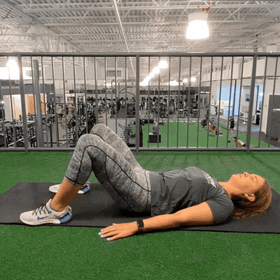
Russian Twists - This exercise targets the oblique muscles and improves rotational stability.
- Sit on the floor with your knees bent and your feet lifted slightly off the ground. Lean back slightly while maintaining a straight back. Hold a weight or a medicine ball with both hands and twist your torso to one side, then the other, tapping the weight on the ground beside you each time.
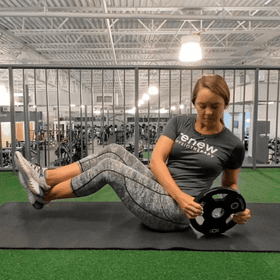
Superman - This exercise strengthens the lower back muscles and helps improve overall back stability.
- Lie face down on a mat with your arms extended in front of you and your legs straight. Simultaneously lift your arms, chest, and legs off the ground, creating a "flying" position. Hold for a few seconds before lowering back down.
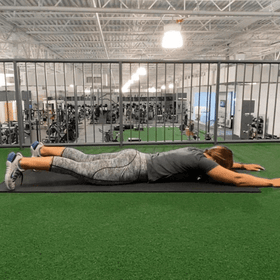
While strengthening your core is essential, it's equally important to listen to your body. If you experience pain or discomfort during any exercise, stop immediately and consult your Renew Physiotherapist, or book a session.







